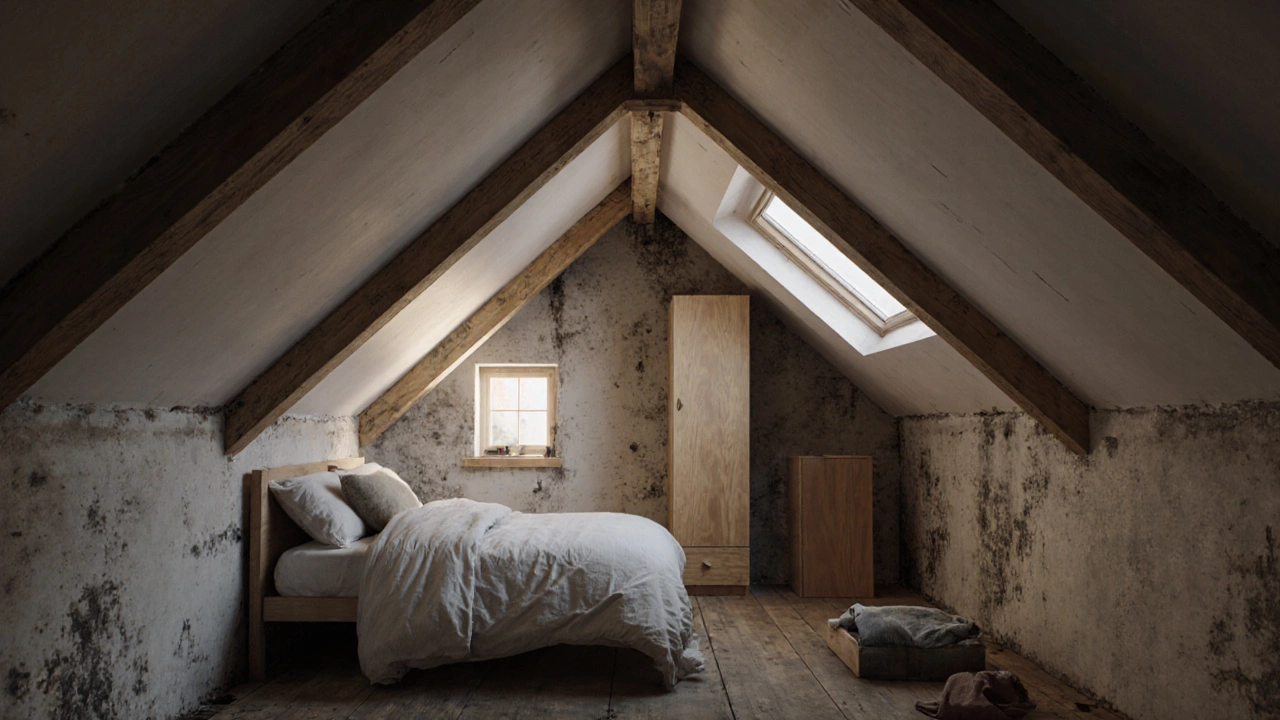Loft Conversion Disadvantages: What You Need to Know Before You Start
When you think about loft conversion, a project that turns unused attic space into a livable room. Also known as attic conversion, it’s often sold as a quick way to gain extra space without moving. But here’s the truth: not every loft is worth converting. Many homeowners jump in without knowing the hidden costs, legal headaches, and physical limits that come with it.
One big problem is planning permission, the legal approval needed before you start building. In the UK, not all lofts qualify for permitted development rights. If your home is in a conservation area, a listed building, or even just near a neighbor’s property line, you might need full planning permission—which can take months and cost hundreds in fees. Then there’s structural changes, the work needed to support new floors, stairs, and walls. Most older homes weren’t built to hold the weight of a bedroom or bathroom up top. Reinforcing the roof, adding steel beams, or rebuilding the staircase isn’t cheap—and it’s not always obvious until the contractor starts digging. And don’t forget headroom issues, the lack of vertical space that makes a converted loft feel cramped or unusable. If your roof slope is too shallow or the ceiling height is under 2.2 meters, you could end up with a space you can’t even stand in comfortably.
Then there’s the mess. A loft conversion means dust, noise, and disruption for weeks—even months. Your daily routine gets flipped. Kids can’t play upstairs. The bathroom you rely on might be out of commission. And while some contractors promise a quick job, delays are common. Weather, material shortages, or unexpected rot in the rafters can blow your timeline and budget. Plus, if your conversion isn’t done right, you could lower your home’s value instead of raising it. Buyers don’t always want a quirky, awkwardly shaped room with sloped ceilings and no natural light.
Some people skip these warnings because they see a dream: an extra bedroom, a home office, a guest suite. But the reality? It’s not always worth the stress, cost, and compromise. Before you sign anything, ask: Is your roof structure strong enough? Do you have the space to build a safe staircase? Will you still have enough storage? Are you ready to live in a construction zone for months? The answers might surprise you.
Below, you’ll find real experiences from homeowners who went through it—the good, the bad, and the unexpected. Some saved money. Others regretted every decision. Let’s see what actually happens when you turn your attic into a room.

